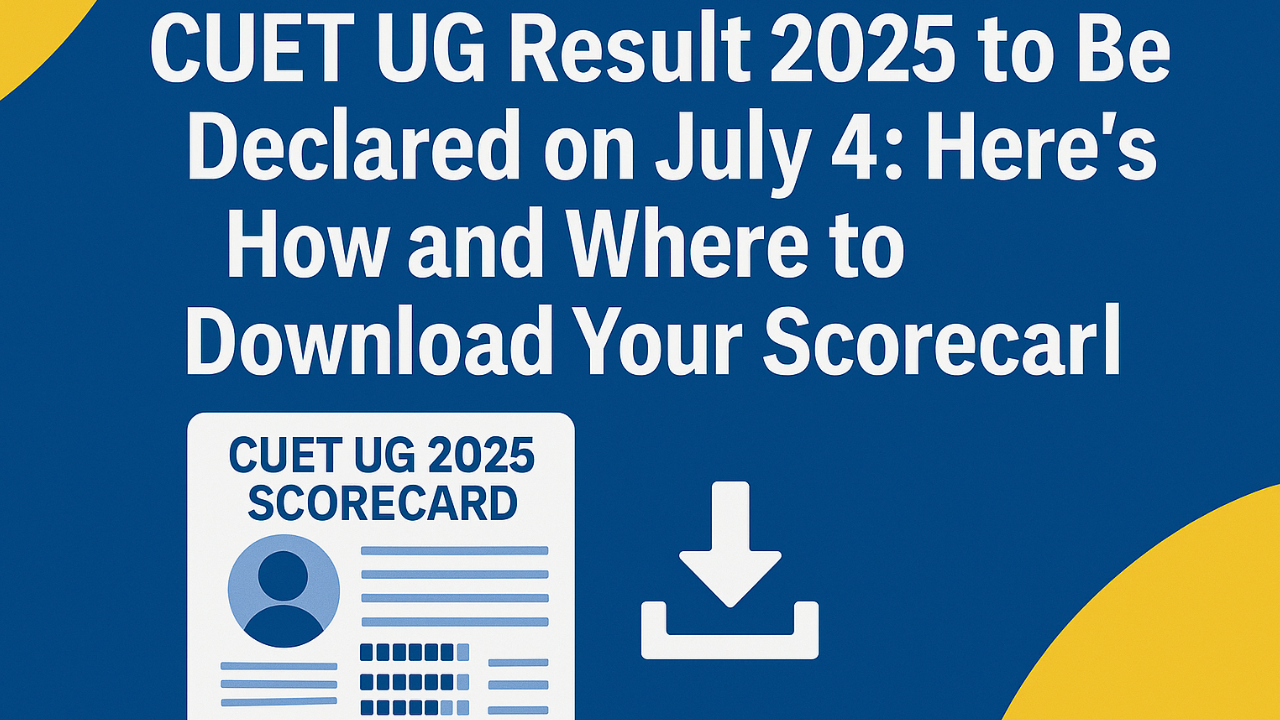Delhi riots Chargesheet Exposes Deep State Conspiracy: Inside the thousand Pages Report on the Planned Regime Change and Riots
Delhi riots Chargesheet Investigative Report: The Hidden Plot Behind the 2020 2020 North East Delhi riots
Prelude
In February 2020, the capital region of Delhi witnessed one of its darkest chapters of communal violence — the North East Delhi riots that left dozens dead, hundreds injured, and vast stretches of the city scarred. The official death toll stood at 53, with many more wounded and the social fabric badly shaken.
Behind the immediately visible flare-ups of violence lay, according to the Delhi Police (DP) Delhi riots Chargesheet, a far more insidious and meticulously planned operation: a regime-change style assault on the state, under the guise of protest and civil unrest.
The Delhi Riots Chargesheet: “Operation Regime-Change”
In its affidavit to the Supreme Court of India (SC) opposing bail applications by key accused, the Delhi Police outlines a conspiratorial narrative in great detail:
- The riots were not spontaneous. They were alleged to have been “pre-planned and deliberately executed,” supported by documentation, technical data, and ocular evidence.
- The timing was strategic — allegedly aligned with then-US President Donald Trump’s visit to India, to draw international attention.
- The trigger topic chosen was the Citizenship Amendment Act, 2019 (CAA), which the police say was used as a “radicalising catalyst camouflaged as peaceful protest”.
- The end-goal, per the police affidavit: to strike at the sovereignty and integrity of India, by inducing large-scale communal violence, destabilising public order, and creating a negative international narrative.
- The police allege that the accused not only organised but also timed the violence, with clear intent to escalate it and possibly replicate it across states.
The Delhi riots Chargesheet affidavit runs into hundreds of pages, referencing encrypted chats, drone footage, eyewitness statements, and financial trails — the kind of evidence often associated with counter-terrorism operations rather than riot investigations.
How the Operation Unfolded
According to the Delhi riots Chargesheet police’s account:
- The conspirators allegedly identified Hindu-majority localities and planned targeted disturbances in them, with the twin aim of provoking retaliation and framing the state as unable to protect its majority community. This, the police argue, would produce fear and erosion of confidence in the government.
- They allegedly used layers of localised triggers (protest marches, slogans, vehicular blockades, “chakka jam” calls) to inflame tensions, to push large-scale rioting and nullify public order. I
- The violence was intended to be highly visible, to attract international media coverage — thereby transforming a domestic unrest into a global narrative of communal breakdown.
- When the stage was set, violence erupted: arson, stone-pelting, organised mobs attacking specific localities, simultaneous flare-ups in other states. The police point to a pattern—rather than isolated incidents—as proof of the larger plan.
Foreign Hands & Deep State Allegations
One of the more incendiary parts of the Delhi riots Chargesheet is the claim of foreign or “deep state” interference. While the police affidavit stops short of naming specific external intelligence agencies, the language is heavy with implication:
- The riots, the Delhi riots Chargesheet affidavit says, were not just communal flare-ups but “engineered on communal lines” by forces seeking to destabilise India internally and tarnish it externally.
- According to the police, the purpose was to replicate regime-change operations seen in neighbouring states (implicitly referenced: Nepal, Bangladesh) and to create an internal political collapse through social chaos.
- The narrative insists that the accused functioned as facilitators, operatives, or trigger-agents for a larger “destabilisation blueprint”.
Hindu-Majority Areas as Target Zones
The Delhi riots Chargesheet emphasises that many of the flashpoints were in Hindu-majority neighbourhoods, indicating the aim was not only to incite violence but to shift the communal victim-narrative:
The alleged tactic: hit Hindu localities, provoke the Hindu majority, incite backlash — then use the backlash to depict the government and majority as failing, thereby justifying external intervention or domestic overthrow.
While the police version is contested by defence counsels, the significance of the claim is that it transforms the riots from a spontaneous protest into a strategic destabilisation.
Government Response & Neutralisation
In the face of this alleged regime-change operation:
- The Delhi administration and police stepped in swiftly (albeit after the violence had already inflicted heavy damage) to restore order, deploy central forces, impose curfews, and initiate large-scale investigations.
- The arrests of high-profile individuals such as Umar Khalid and Sharjeel Imam under the Unlawful Activities (Prevention) Act (UAPA) reflect the serious nature of the allegations.
- By pursuing the case as not just riot-related but as a “terror/insurgency-type conspiracy”, the state signalled it was treating the event as a threat to national integrity.
Killings, Fear & Social Fallout
The operation, according to the narrative, inflicted severe human cost:
- Dozens of citizens lost their lives, many more were injured, property was destroyed, and local communities were permanently traumatised. The fear induced by targeted violence in Hindu-majority areas, the breakdown of trust among neighbours, and the disruption of livelihoods all contribute to long-term damage.
- Beyond physical harm, the strategy appears to have aimed at psychological impact: the fear of not being safe in one’s own neighbourhood, the sense that state protection had failed, the polarisation of communities and eroded faith in democratic institutions.
- While the government claims to have neutralised the immediate threat, the ripple effects remain: communal fault-lines, increased mistrust, and the chilling message that India is vulnerable to internal disruption.
Selective Outrage: Why Hindu Festivals Are Targeted While Greater Environmental Crimes Go Unnoticed
Society’s Imperative: Evolve to Fight Evil
If this narrative of Delhi riots Chargesheet is accepted—even partially—the broader lesson is not simply one of revelation, but of resilience. A democracy like India must not only defend itself from external threats, but guard against internal erosion of order and cohesion.
- Civil society must recognise how protest and dissent can be co-opted into destructive agendas.
- Security agencies and government must remain alert to the signs of “trigger protests” deliberately timed, the use of communal fault-lines as weapons, and the manipulation of international narratives.
- Communities must rebuild trust, intervene early in flashpoints, and ensure that majorities and minorities alike feel protected by the rule of law.
- The media and public discourse must move beyond binary communal narratives, instead asking after the who, why, and how of violence escalation.
Conclusion
The 2020 Delhi riots case, as presented in the Delhi riots chargesheet, shifts the frame from “a riot over CAA protests” to “a regime-change style, externally-influenced, communal destabilisation operation”. Whether one accepts the full depth of that framing or examines it critically, it is undeniably a wake-up call: democracies can be threatened not only by external forces, but by complex internal machinations that target the very foundation of social order.
India, standing at the crossroads of global and regional turbulence, must recognise that the fight is not just in the streets — it is in the structure of society, the vigilance of institutions, the integrity of investigations, and the strength of its democratic resilience.
As the trials proceed, the evidence unfolds. But the moral of the story extends beyond legal verdicts: it is about a society awakening to its own vulnerabilities — and choosing to evolve, resist and reaffirm its faith in democratic values.
Delhi riots chargesheet, Delhi Police investigation 2025, deep state India, regime change plot India, Delhi riots conspiracy, 300 page chargesheet, CAA protests conspiracy, foreign hands in Delhi riots, India deep state narrative, Delhi violence investigation, sponsored riots in Delhi, national security India 2025, government destabilization plot, targeted Hindu localities Delhi riots
Discover more from
Subscribe to get the latest posts sent to your email.







